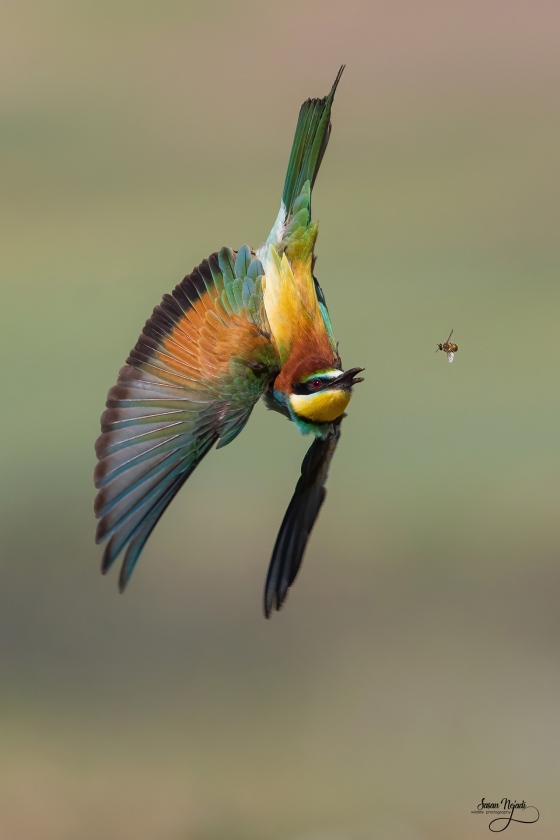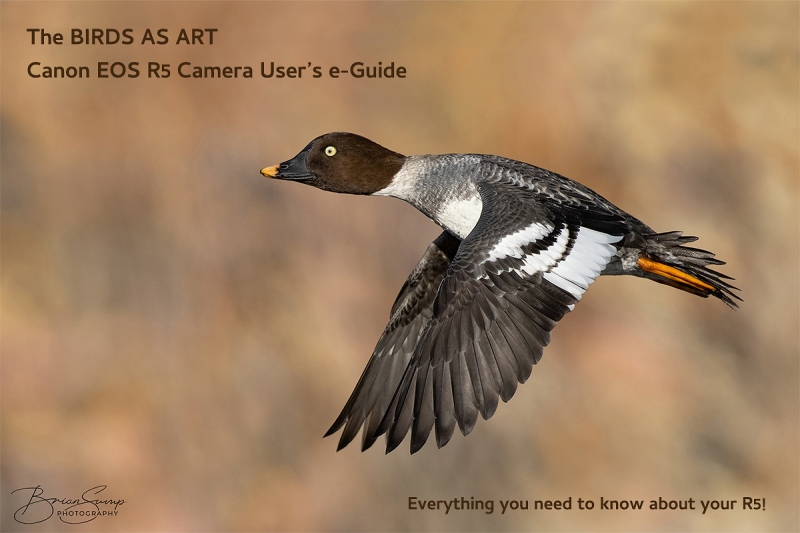What’s Up?
I headed down to the lake on Saturday morning in totally dreary conditions. The two adult eagles were in the nest tree and the chick was sitting up. Two hours later I returned after it had gotten brighter, but the chick was hunkered down a bit in the nest. I had brought my ladder, but never even tried. I spent the rest of the day waiting for two important FedEx packages. The one that was supposedly delayed until Monday, arrived at 6:30pm in the dark after I had given up. The one that was showing “Out for Delivery,” never showed up. Assuming that I get my hands on that package on Monday, I will share the whole gory laptop story with you here this coming Tuesday.
Today is Sunday 6 February 2022. The forecast for the morning is for cool and cloudy with a 10mph northeast wind. You know what I will be doing for sure. Wherever you are, and whatever you are doing, I hope that you too have a great day. This blog post took about an hour to prepare and makes 85 days in a row with a new one. Thanks to BPN friend Joe Przybyla for getting Sasan Nejadi’s featured image to me via e-mail. I could not figure out how to grab it on the PC in the office.
|
|
|
This image was created by BPN member Sasan Nejadi. He used the Canon 600mm f/4L IS II lens (now replaced by the Canon EF 600mm f/4L IS III USM lens and by the RF 600 II as well), the Canon Control Ring Mount Adapter EF-EOS R, and the highly-touted Canon EOS R5 Mirrorless Digital Camera body. Image courtesy of and copyright 2019: Sasan Nejadi Photography. Click on the image to enjoy a larger version. European Bee-Eater catching bee in midair |
A Real Showstopper!
Without any images or even a computer of my own to work on, I spent several hours on Saturday doing critiques in the Avian Forum on BirdPhotographers.Net. I trashed some images and praised others. Near the bottom of the page — I had not been on BPN in a while …, I clicked on the thumbnail for today’s featured image. I was floored. Astounded. You can learn a bunch and see what I and others had to say about this amazing bee-eater image here. I had several questions for Sasan, but he has not responded when Sunday’s post was published.
The image was created by Sasan Nejadi, a very, very good photographer from Iran. His first love is for raptors. You can see his most recent bird-of-prey post, a very fine image of a White-tailed Eagle striking, here. And you can see more of his work here on Instagram.
Your Call?
What do you like about this image? Any suggestions for improvement?
Of Interest
If you are working on a computer with a good monitor and/or if you view the (larger) bee-eater image on BPN, you can see evidence of the rolling shutter phenomenon on the edges of the primary feathers of the far wing. Rolling shutter is a fairly well known concept with video, but can occur with still photography with mirrorless cameras like the Canon R5, the Sony a9 ii, and others. In today’s featured image the rolling shutter effect is seen as a series of small horizontal lines along the edges of the feathers (as above). My (crude) understanding is that they are due to the fact that the camera body cannot write the image to the card fast enough. Please feel free to either correct me or to provide a clearer explanation.
Note: there is no visible rolling shutter with the Sony a1.
Unsolicited, via e-mail, from Fernando Ramos
The excellent Canon EOS R5/R6 Camera User’s e-Guide is unlike anything I’ve encountered. Your detailed instruction supported by excellent reasoning is exactly what I needed to help me set-up my Canon EOS R5. Thank you for sharing your expertise with me; as a result, you saved me immeasurable time. Fernando
Unsolicited, via e-mail, from Joel Eade
Thank you so much for the R5/R6 guide and I am honored to have had an image included! It is a wonderfully written, extremely comprehensive document that would benefit any R5 user. It is evident that a tremendous amount of time and effort was required to create it. After reading through, I can say it that flows in a logical fashion and that each item is carefully described in a way that is not difficult to follow. I agree with 99% of your set up suggestions 🙂 Joel
|
|
|
Cover Image courtesy of and Copyright 2021 Brian Sump (Sump scores!) The BIRDS AS ART Canon EOS R5 Camera User’s e-Guide |
The BIRDS AS ART Canon EOS R5 Camera User’s e-Guide: $75.00
Purchase your RF body and or lenses using either my B&H links or from Bedfords, using the BIRDSASART code at checkout, and enjoy a discount on this great guide. You’ll earn a $1 discount for very $10 you spend.
The guide is 82 pages long: 21,458 words. There are more than 50 DPP 4 Autofocus-depicting screen captures. And a 31 minute 44 second educational video. This guide took three and a half months of hard work and a ton of help from at least seventeen very helpful and generous folks.
The guide covers — in great detail — all Menu Items that are relevant to bird, nature, and wildlife photography. It does not cover video. The section on AF methods and the AF Gallery has been expanded from the R5/R6 AF e-guide. It remains one of the great strengths of this guide. I share my thoughts on what I am sure is the single best AF Method for photographing birds in flight. As most of you know, the guide includes a simple and easy way to change AF Methods that was introduced to me by Geoff Newhouse. In the AF Gallery you will see exactly how Face Detection plus Tracking AF works. In the Educational R5 Gallery video, I share my favorite R5 images along with dozens of bird photography tips and techniques.
In addition, I teach you how to get the best exposures with your R5. Detailed instructions on using the great In-camera HDR and Multiple Exposure features will be appreciated by creative folks who like to have fun. The three shutter modes are explained in detail as well. Bruce Dudek solved the can’t-get-to-Auto ISO problem that had stumped everyone at Canon. This information is of course shared in the guide. You will learn how to set up your EVF (Electronic Viewfinder) and Screen toggle options. Not to mention that the mysterious performance of the Q Button is revealed and simplified. Brian Sump’s images reveal how well you can do when using the R5 with EF lenses using one of the three Canon EF-EOS R Mount Adapters (as Donna did with Image #1 below). You will learn how I use Customize Dials to put either ISO or EC on the Thumb Dial and how to set up and save Custom Shooting Modes (C1-C3) that can remember both your Customize Dial and Customize Button settings! That is something that none of the SONY bodies do. 🙁 Near the end of the guide I share my all-important MY MENU items with you.
Like all BAA educational materials, the R5 guide is written in my informal, easy-to-follow style. I am quite proud of this guide and look forward to hearing your thoughts on our hard work.
You can purchase your copy of the BIRDS AS ART Canon EOS R5 Camera User’s e-Guide for $75.00 here in the BAA Online Store or by calling Jim in the office weekday afternoons at 863-692-0906 with your credit card in hand.
Typos
With all blog posts, feel free to e-mail or to leave a comment regarding any typos or errors.
















Not sharp enough? I’m a stickler and it looks pretty damn sharp to me. Wow!!! And I don’t see that’s it all that distorted. One of the best images I’ve ever seen posted here. A knockout.
This is one of the most spectacular bird photographs I have ever seen.
Wow, what a beautiful, unique image. Off topic, but if the bee-eater keeps its head turned in a high G maneuver like that, it may have neck problems down the line.
Wow!
I love it. The bird position, sharp eye, bee, background, and especially the color in the bird and the background. Do you agree with Arash that 1/4000 or 1/5000 would be better for a small, fast moving bird like this. Seems like he had plenty ISO available. Can faster TV reduce rolling shutter?
Switching to mechanical shutter would obviate the rolling shutter effect. Using a faster Tv may have produced a sharper image.
Adam,
Yes, but switching to mechanical shutter drastically reduces the frame rate.
with love, artie
Hi Alan, I am not sure if a higher shutter speed would reduce the rolling shutter artifacts. I just wrote Rudy Winston of Canon to see if he knows. He is one smart man.
As far as faster shutter speeds for small birds in flight, I agree with Arash. In fact, for flight, faster is always better …
with love, artie
It’s an amazing image. I disagree with Adam about the head angle.
Agree, and that makes two of us.
with love, artie
Rolling shutter is really a manifestation of the read rate across the sensor rather than how quickly it writes to the card. A global shutter would read all pixel data simultaneously while modern CMOS chips scan data linearly across the surface much like the old cathode ray tubes created images on phosphor screens. Scan rate is largely a function of sensor design and processing power with the A1 far exceeding the R5. It can be minimized by using ECFS rather than ES.
The image itself is spectacular though if you want to break it down on technical issues it suffers from rolling shutter, the head angle isn’t ideal, it could have been sharper with a slightly higher Tv, and the bee is distorted and oof (DoF?). I’m sure it was an incredible moment and I would have been grateful for such a capture.
EFCS (typo)
Thanks. What is EFCS?
a
ps: I do not agree with all of your technical issues 🙂
Electronic first curtain shutter. After further review, I stand corrected on my initial impression of the head angle which appears fine. It’s more the oblique angle of attack and if they were flatter, he wouldn’t have captured the beautiful wing display and body. As I mentioned, I would be grateful to have captured such a beautiful image.
Thanks times two.
with love, artie
I like the unique, upside-down view of the bird and the gorgeous capture of the wing. I also like the soft, multi-colored background.